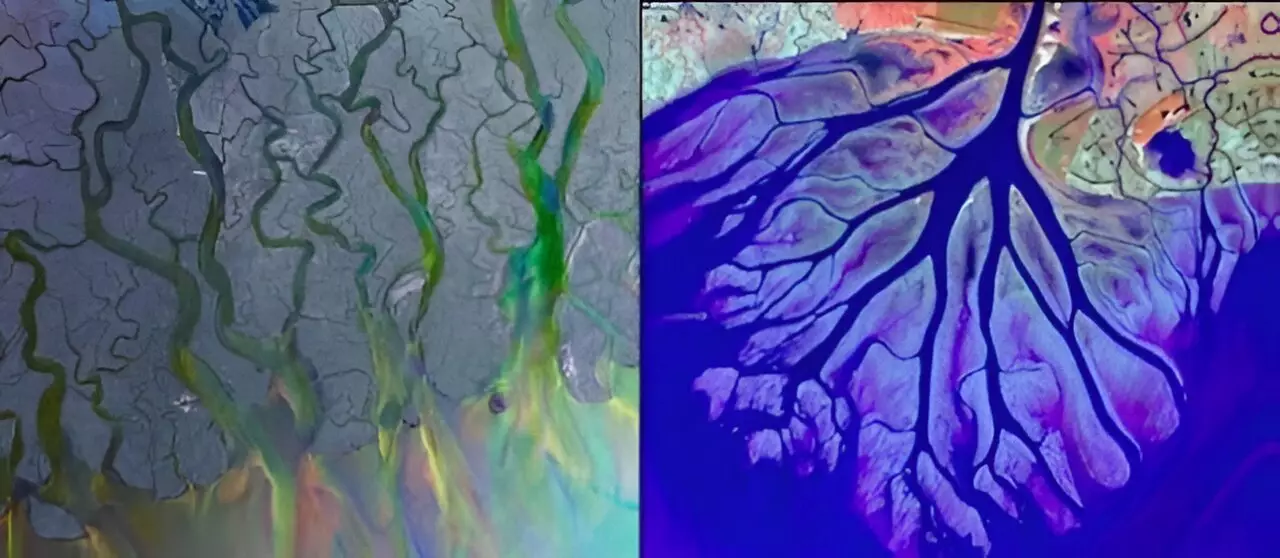When it comes to optimizing the stability and resilience of transport networks, such as river systems, it is crucial to understand how these networks form and evolve. Not all networks are created equal, with tree-like structures being suitable for transport, while networks with loops tend to be more damage-resistant. This raises the question, what conditions favor the formation of loops in these networks?
A collaborative effort between researchers from the Faculty of Physics at the University of Warsaw and the University of Arkansas sought to answer this very question. Their findings, published in Physical Review Letters, reveal that networks are more likely to form stable loop structures when flow fluctuations are appropriately tuned. This discovery provides valuable insights into the structure of dynamic transport networks.
Transport networks, such as blood vessels and river systems, play a critical role in various natural and human-made systems. Even seemingly similar flow systems, like river deltas, can exhibit different morphologies. For example, the Wax Lake outflow in Louisiana displays a treelike pattern, while the Ganges-Brahmaputra River Delta in Bangladesh features a looplike topology. These differences are influenced by the magnitude of flow fluctuations driven by factors such as river discharge and tidal flows.
The investigation into what environmental conditions promote the formation of loops over treelike structures has led to significant findings. The research indicates that networks tend to maintain looplike structures when flow fluctuations are tuned in a specific manner. This suggests that simple growth rules can lead to complex and resilient patterns in transport networks.
While the study initially focused on river networks, the observations made are applicable to a broad range of transport networks. The stability of loops in these networks is influenced by a combination of geometric constraints and flow fluctuations. It was discovered that fluctuations in the relative size of flow between nodes, rather than just temporal variations at a single node, play a crucial role in maintaining stable loops.
External factors such as human intervention or climate change can alter the fluctuation patterns within transport networks. This can lead to the appearance or disappearance of loops, ultimately transforming the network’s overall structure. Understanding the interplay between geometric constraints, flow fluctuations, and external influences is essential for predicting the evolution of dynamic transport networks.
The research conducted by the collaborative team sheds light on the formation and stability of loop structures in dynamic transport networks. By uncovering the conditions that favor the emergence of loops over treelike structures, we gain valuable insights into how these networks evolve and adapt to changing environmental conditions. This knowledge is crucial for optimizing the resilience and efficiency of transport networks in a rapidly changing world.


Leave a Reply